 A booming black-market demand for rhinoceros horns is driving a lucrative new wave of high-tech poaching that threatens the fight to save the world's rhino populations from extinction.
A booming black-market demand for rhinoceros horns is driving a lucrative new wave of high-tech poaching that threatens the fight to save the world's rhino populations from extinction.The epicenter of the crisis is South Africa, which has lost nearly one rhinoceros a day to poaching this year.
Conservationists fear the problem could spill over into other regions, pushed by a surge in demand for rhino horn in Asia, notably in Vietnam, where it is used as a traditional medicine and sells for tens of thousands of dollars per horn.
South Africa, which is home to more than 70 percent of the world's remaining rhinos, has lost 316 of the animals to poaching this year, up from 122 last year, and a jump from less than 10 each year two decades ago, according to Joseph Okori, African rhino coordinator for the World Wildlife Fund.
"It has been a disastrous year for rhino conservation," Okori said.
He blamed the surge in poaching on "well-organized syndicates" that use helicopters, night vision equipment, veterinary tranquilizers and silencers to hunt their prey at night.
"The criminal syndicates in South Africa operate on very high-tech. They are very well-coordinated," Okori said. "This is not normal poaching."
 Conservationists estimate there are around 25,000 rhinos left globally, with three species in Asia and two in Africa.
Conservationists estimate there are around 25,000 rhinos left globally, with three species in Asia and two in Africa. Asia's rhino populations have already been pushed to the brink of extinction by hunting and deforestation. The International Union for Conservation of Nature (IUCN) lists both Javan and Sumatran rhinos as critically endangered and Indian rhinos as vulnerable to extinction.
Asia's rhino populations have already been pushed to the brink of extinction by hunting and deforestation. The International Union for Conservation of Nature (IUCN) lists both Javan and Sumatran rhinos as critically endangered and Indian rhinos as vulnerable to extinction.In Africa, conservationists have fought to restore the continent's black and white rhino species, both devastated by hunting in the 19th and 20th centuries.
Thanks to the large-scale creation of national parks and efforts to combat poaching, the southern white rhino, once thought to be extinct, now numbers 17,500 and growing.
Black rhino numbers are also rising and stand at 4,200 — though this is a fraction of the hundreds of thousands thought to have roamed the continent in 1900, the IUCN says.

















No comments:
Post a Comment